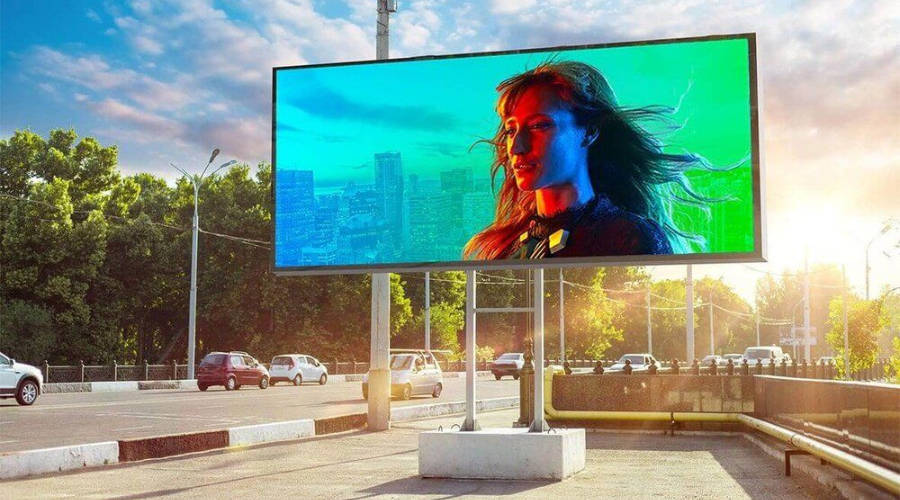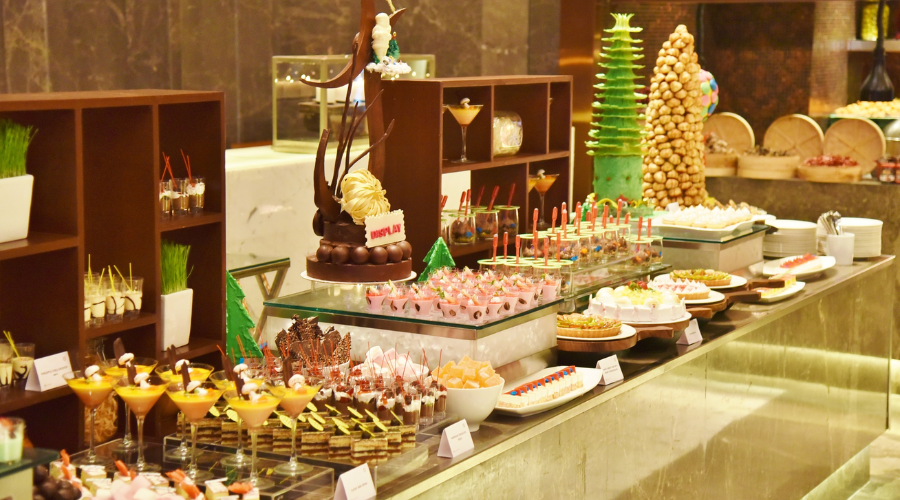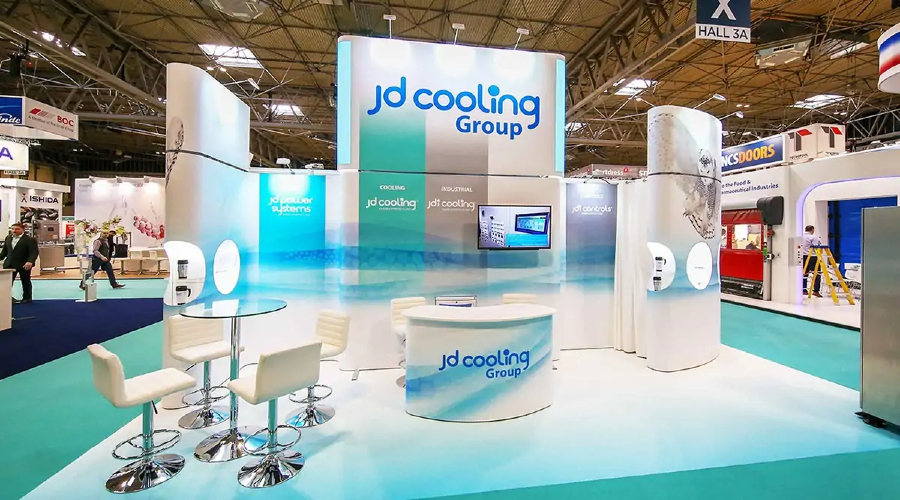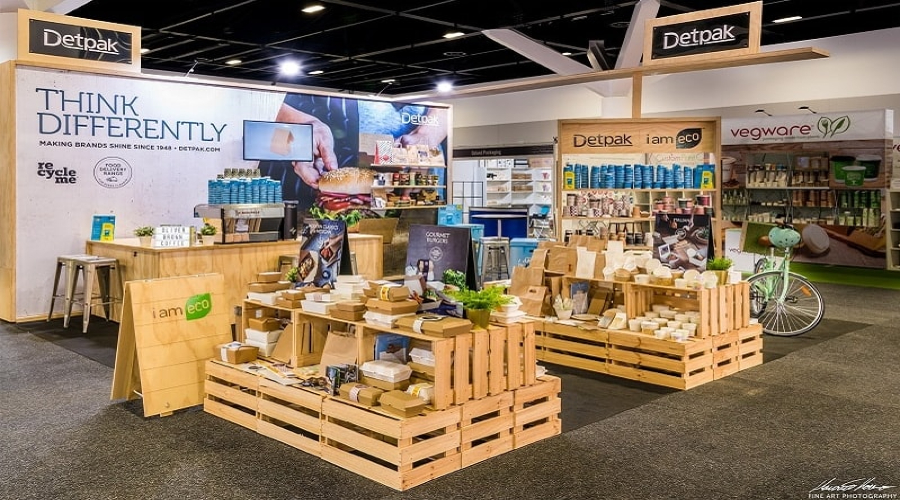Integrating the Corporate Narrative across Marketing Channels
In this blog we like to explore the latest trends in advertising, merchandising, and brand awareness. And in today’s post, we will dive into the integration of the corporate narrative across various marketing channels, a critical task that ensures a consistent, cohesive, and influential brand message.
We’ll also provide a roadmap of strategies, real-world examples, and insights tailored for marketing professionals.
Let’s get to it!
Understand the corporate narrative
The first thing you must know is that the corporate company narrative is the heart and soul of a company’s identity. It encapsulates the values, mission, vision, and overall essence that defines a brand.
And understanding this narrative is not merely about identifying what a company sells but recognizing why it exists, who it serves, and how it resonates with its audience.
For marketing professionals, it provides the foundational framework upon which all communications are built.
Key elements are – mission, vision, values, brand personality, and customer promise.
One example is Nike’s narrative that focuses on empowerment, inspiration, and achievement, not just athletic wear.
Craft a consistent voice
Creating a consistent voice across all marketing channels is like providing a recognizable face to the brand. It assures customers that no matter where they interact with the company, they are met with the same personality, values, and messaging.
This coherence builds trust and strengthens brand identity, a critical consideration for marketing professionals aiming for lasting impact and customer loyalty.
A good strategy is to develop a brand guideline that includes the tone, language, and messaging styles. Apple is a great example. Apple’s consistently minimalist and innovative voice across advertising, website, and social media.
Make sure to integrate social media
In the era of digital connection, social media becomes the voice and image of the brand for many consumers. So that is another valuable point to focus on. Integrating the corporate narrative into social media channels is a nuanced task that requires authenticity, creativity, and strategic alignment with the brand’s core values.
So marketing professionals must carefully craft posts, stories, and interactions that reflect the brand’s essence without coming off as contrived or disconnected.
A good strategy is creating engaging content that tells the brand story through videos, images, and interactive posts. As an example we can mention Coca-Cola’s #ShareACoke campaign, which emphasized connections and shared experiences.
Always leverage press releases
Press releases are not just news bulletins; they are storytelling platforms. Marketing professionals can utilize press releases to articulate the brand narrative to journalists, investors, and the broader public.
The challenge lies in weaving the corporate story into news content in a way that is informative yet consistent with the brand’s voice and mission.
Strategy to try out – embedding the brand’s mission and vision statements within press releases. A good example – Tesla’s press releases often include their mission to accelerate the world’s transition to sustainable energy.
Engage through email marketing
Email marketing is a direct line to the customer, a space where the brand narrative can unfold in a more personal and tailored manner.
Marketing professionals must navigate this channel with precision, ensuring that the corporate story resonates in a way that feels individualized yet aligned with the broader brand ethos.
The challenge here is to maintain the corporate voice while personalizing the experience for different segments of the audience.
Strategy could be segmenting email lists to send personalized stories, updates, and offers that align with the brand narrative. An example: is Airbnb’s personalized emails that emphasize community, adventure, and belonging.
Utilize influencers and brand ambassadors
Influencers and brand ambassadors act as human extensions of the brand, reaching audiences that might otherwise remain untapped.
For marketing professionals, the task is to identify and collaborate with individuals who genuinely resonate with the corporate narrative. These partnerships must feel authentic and natural, reflecting a shared belief in the brand’s values, mission, and story.
A good strategy is to partner with influencers who resonate with the brand’s values and story. As an example take a look at Lululemon’s collaboration with fitness influencers who share the brand’s focus on wellness and community.
In conclusion
Integrating the corporate narrative across marketing channels is a complex, nuanced task that requires a deep understanding of both the brand and the varied platforms through which it communicates.
Check out our other article to learn more on how to boost corporate narrative with brochure stands.
The success of this integration hinges on consistency, authenticity, and strategic alignment with the core essence of the brand. By embracing the strategies and insights shared in this article, marketing professionals can forge a unified brand presence that resonates and engages at every touchpoint.
Stay tuned for more!











